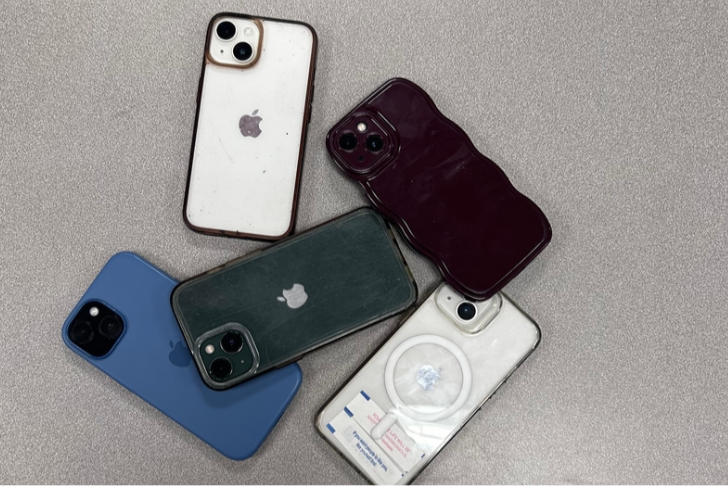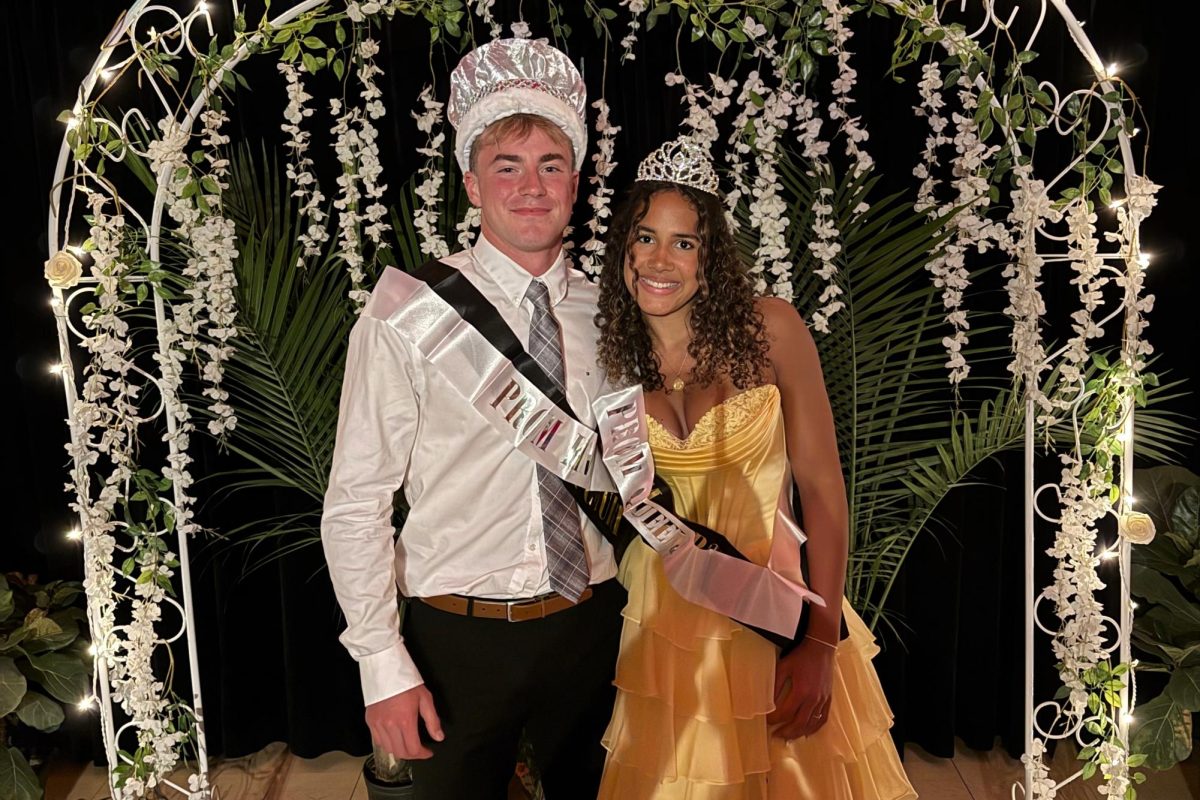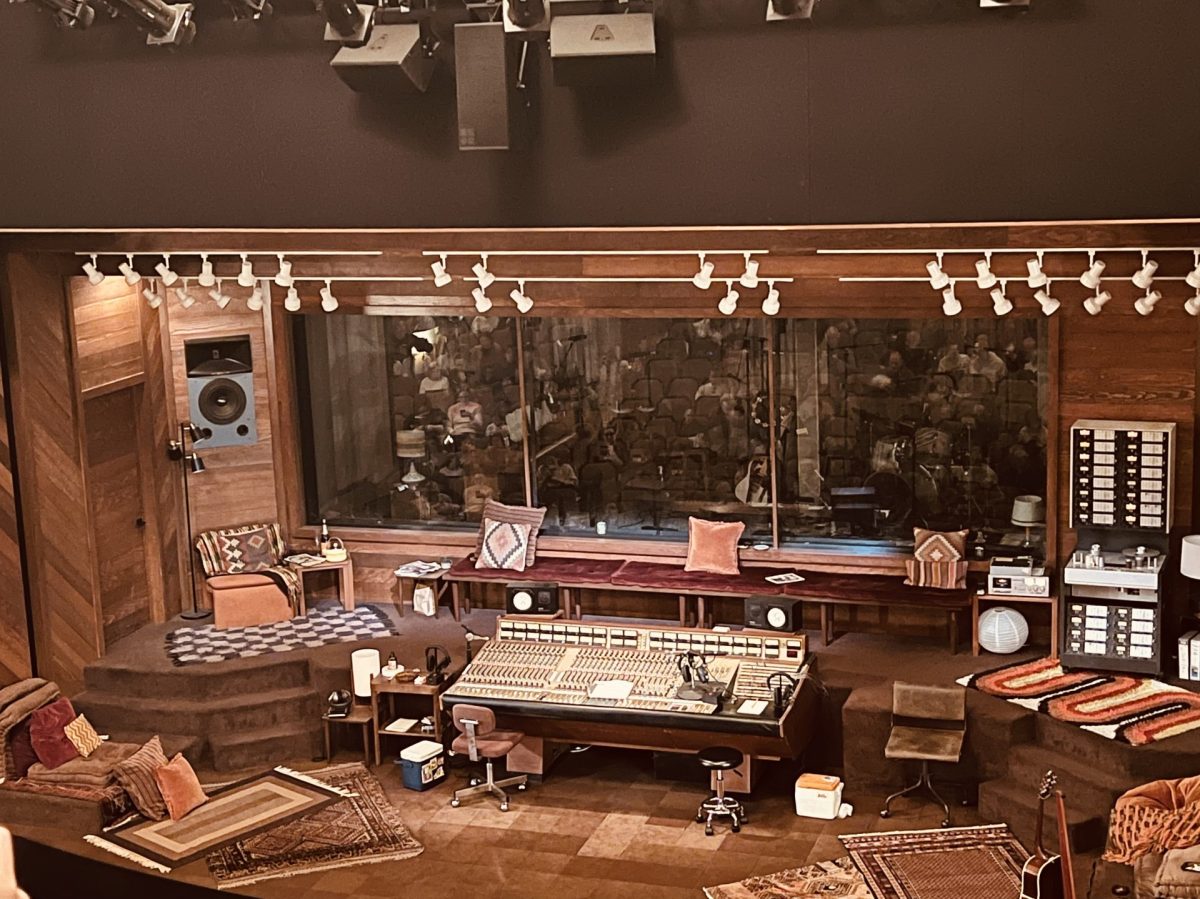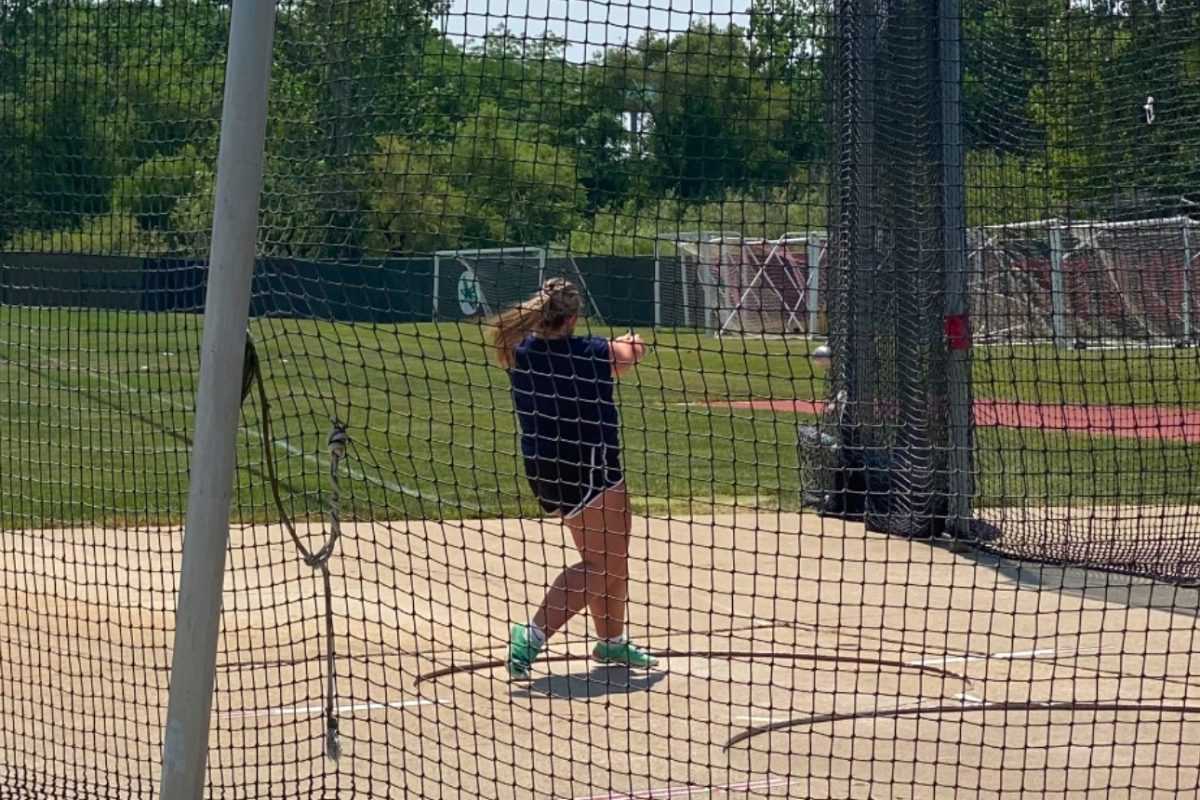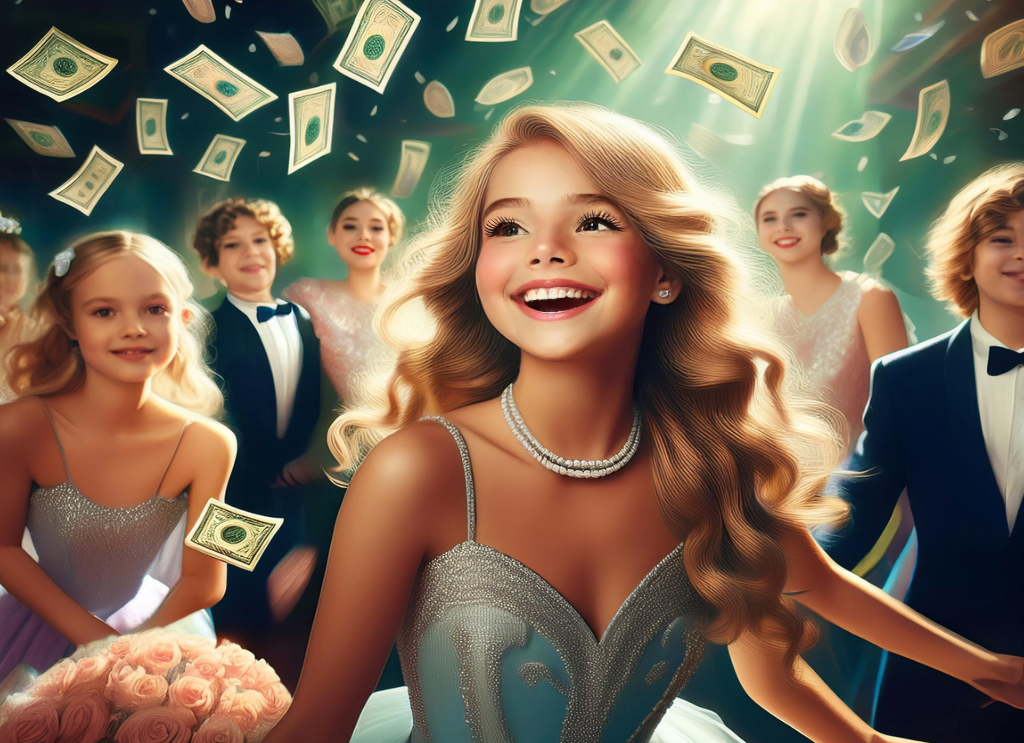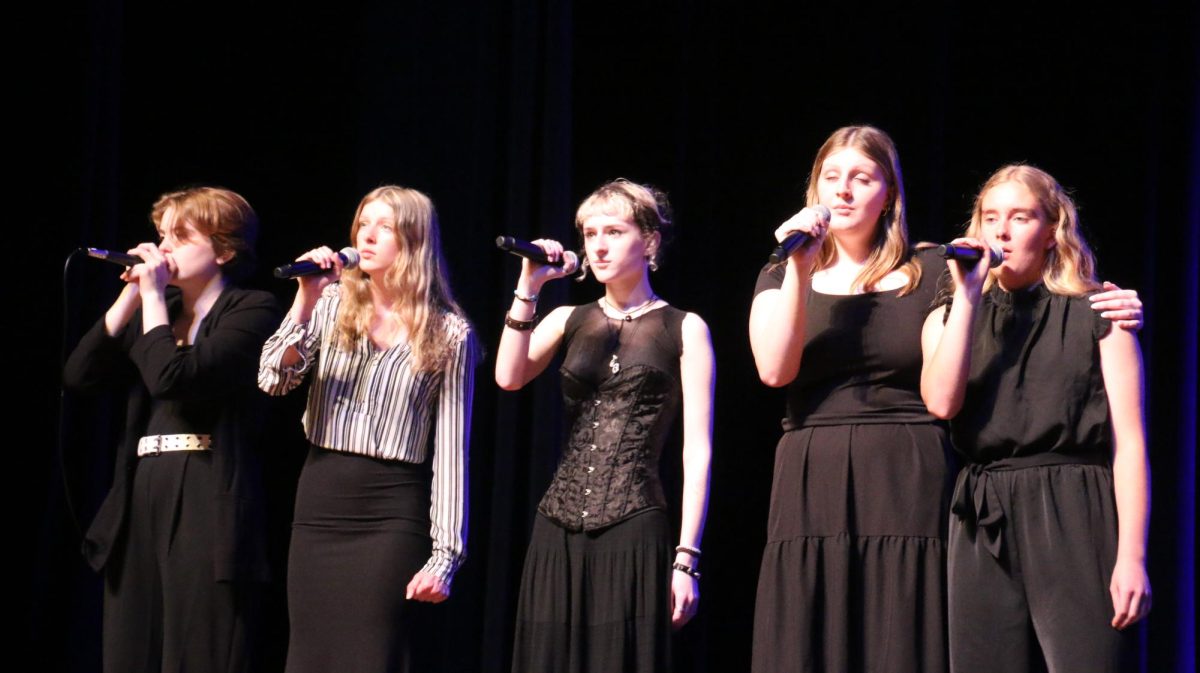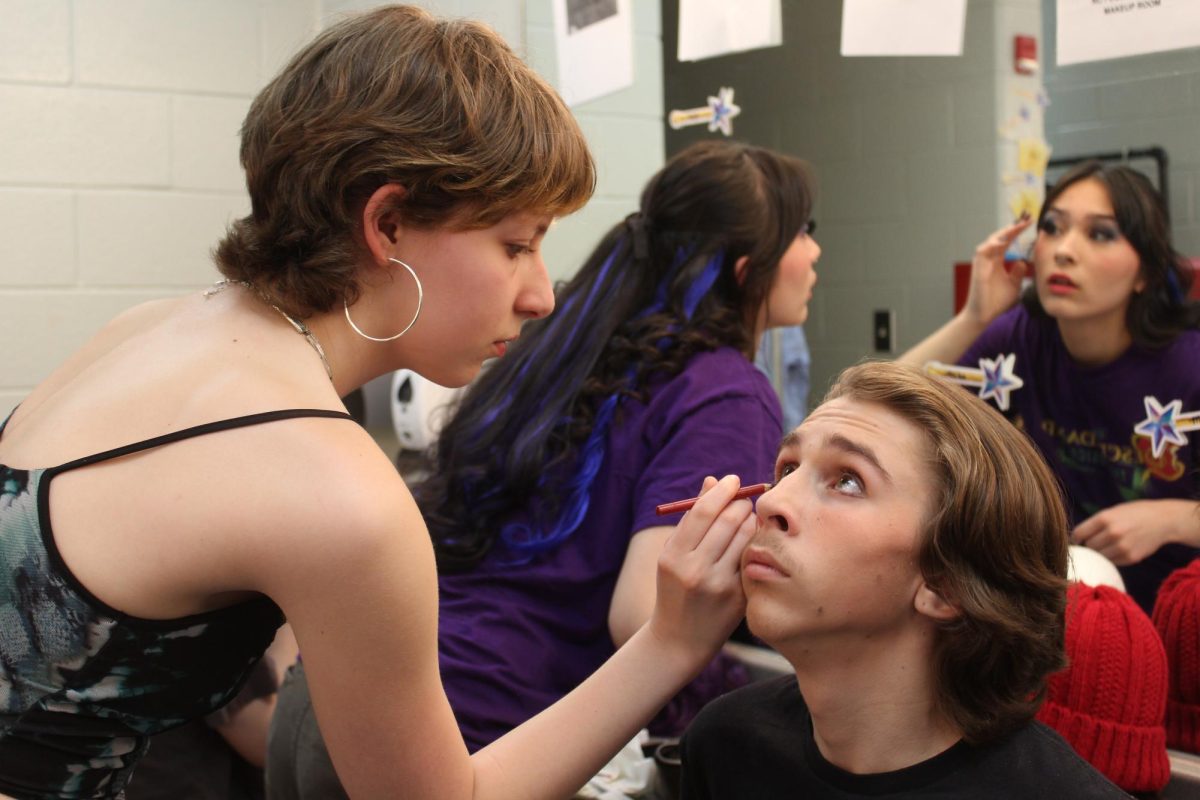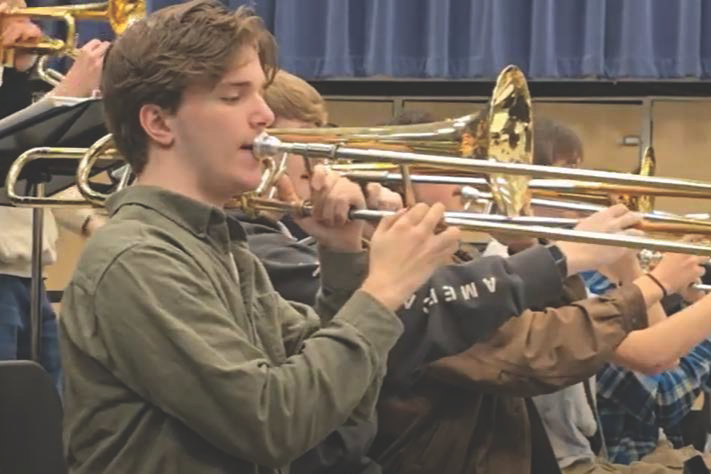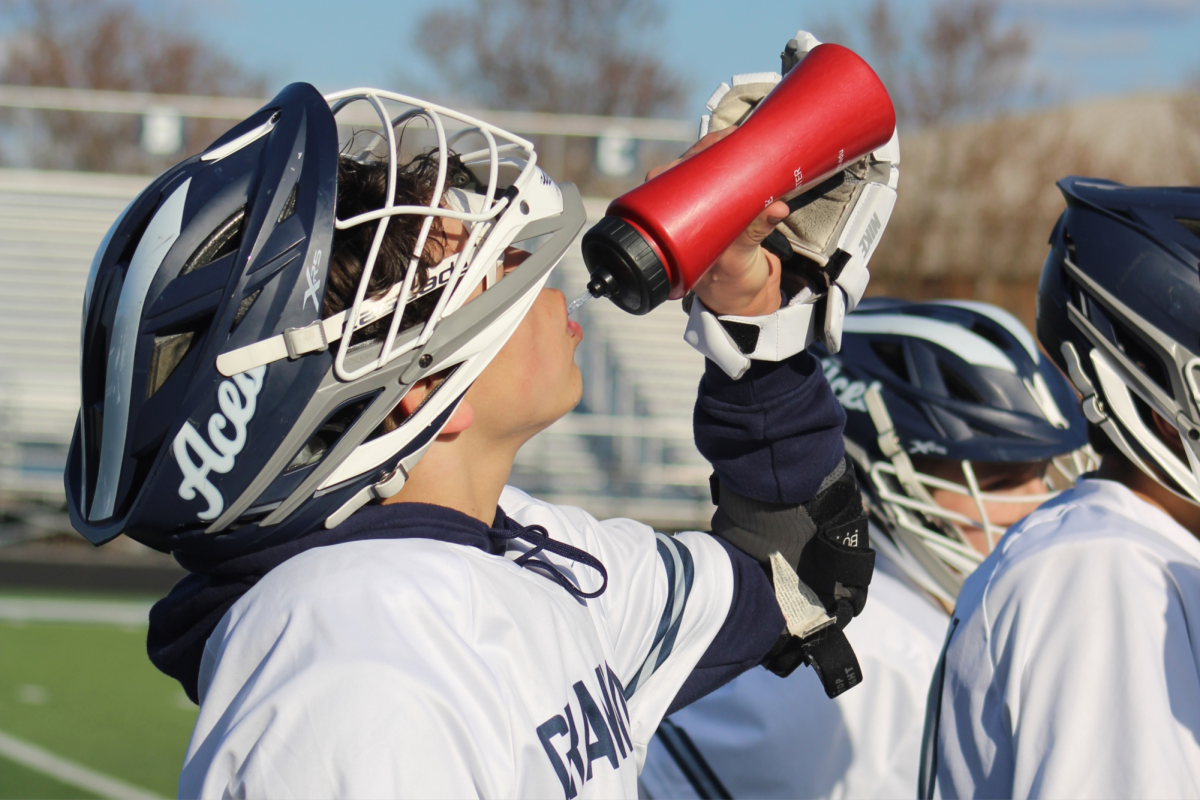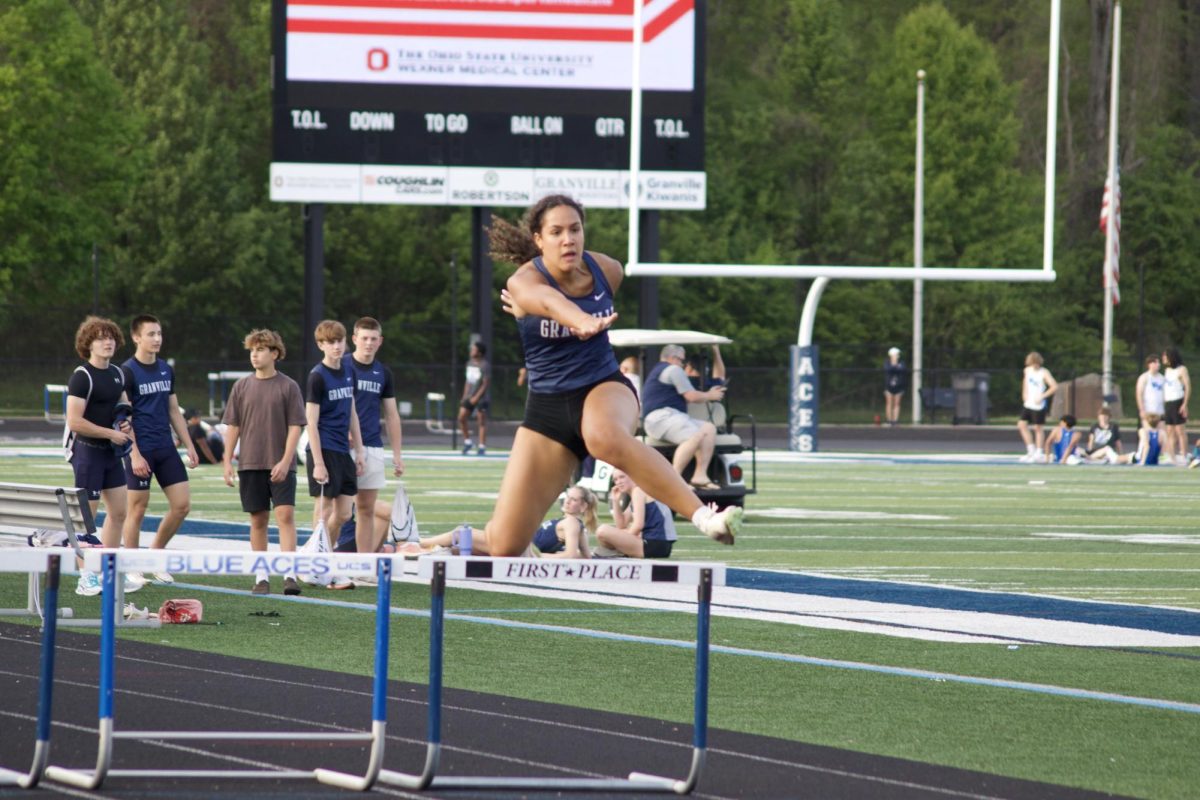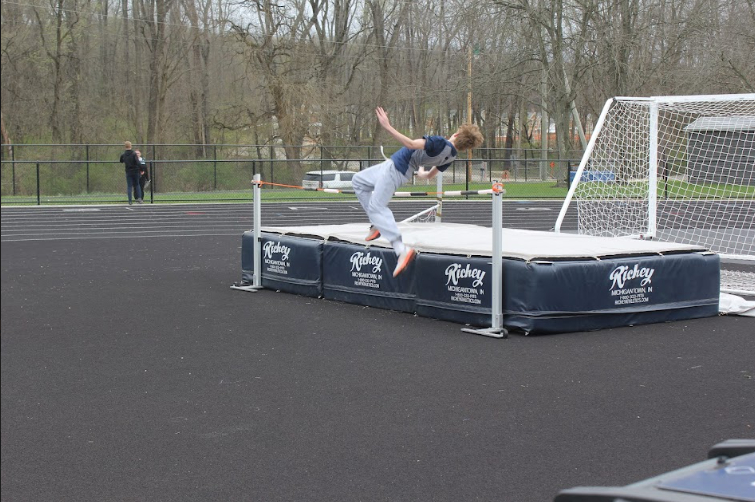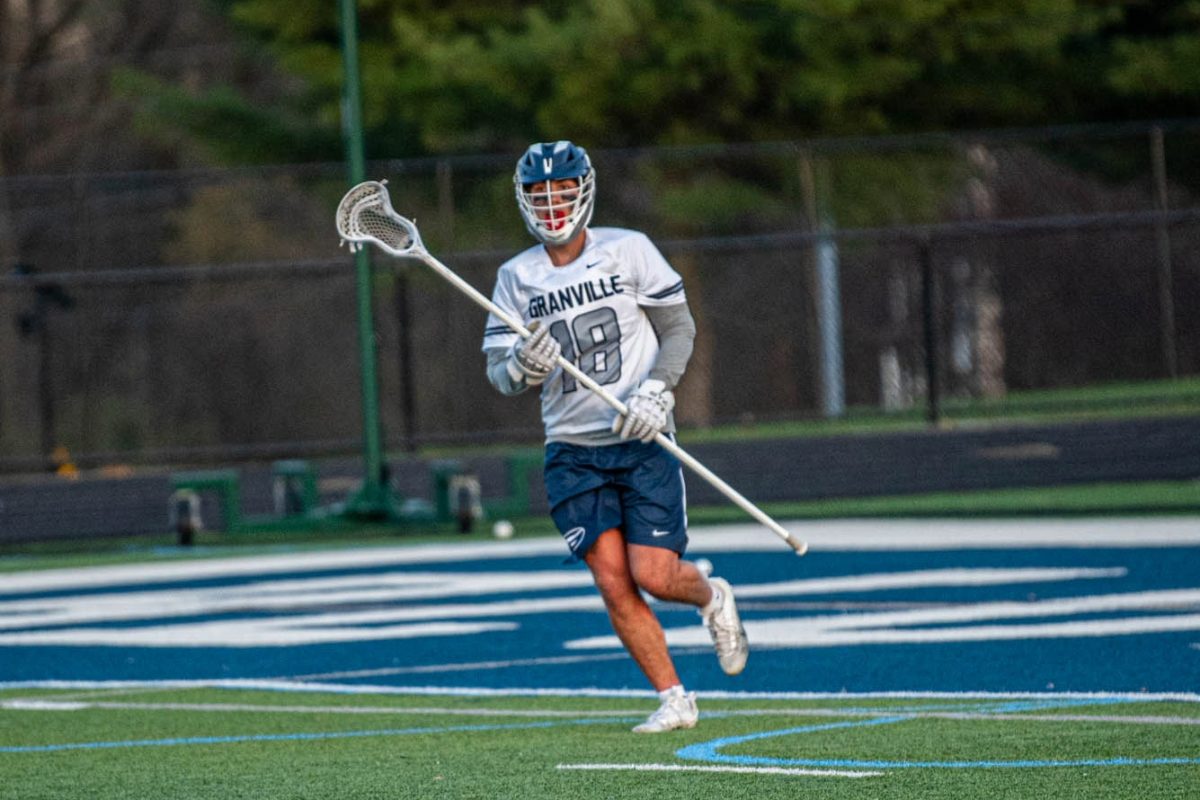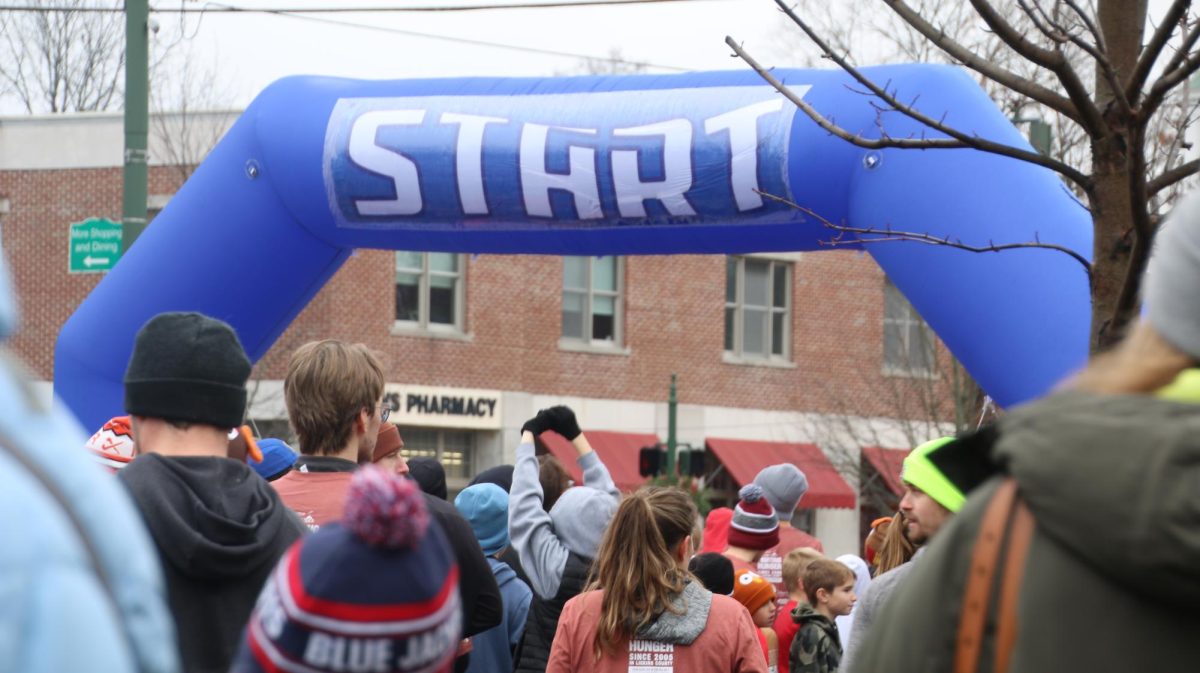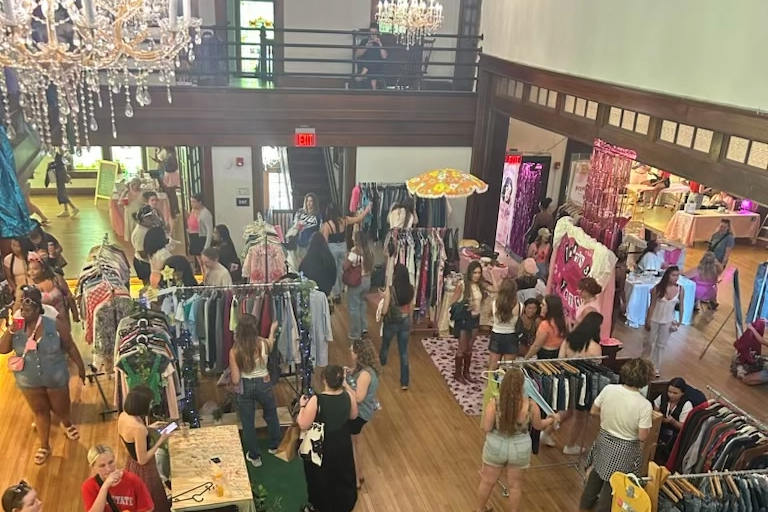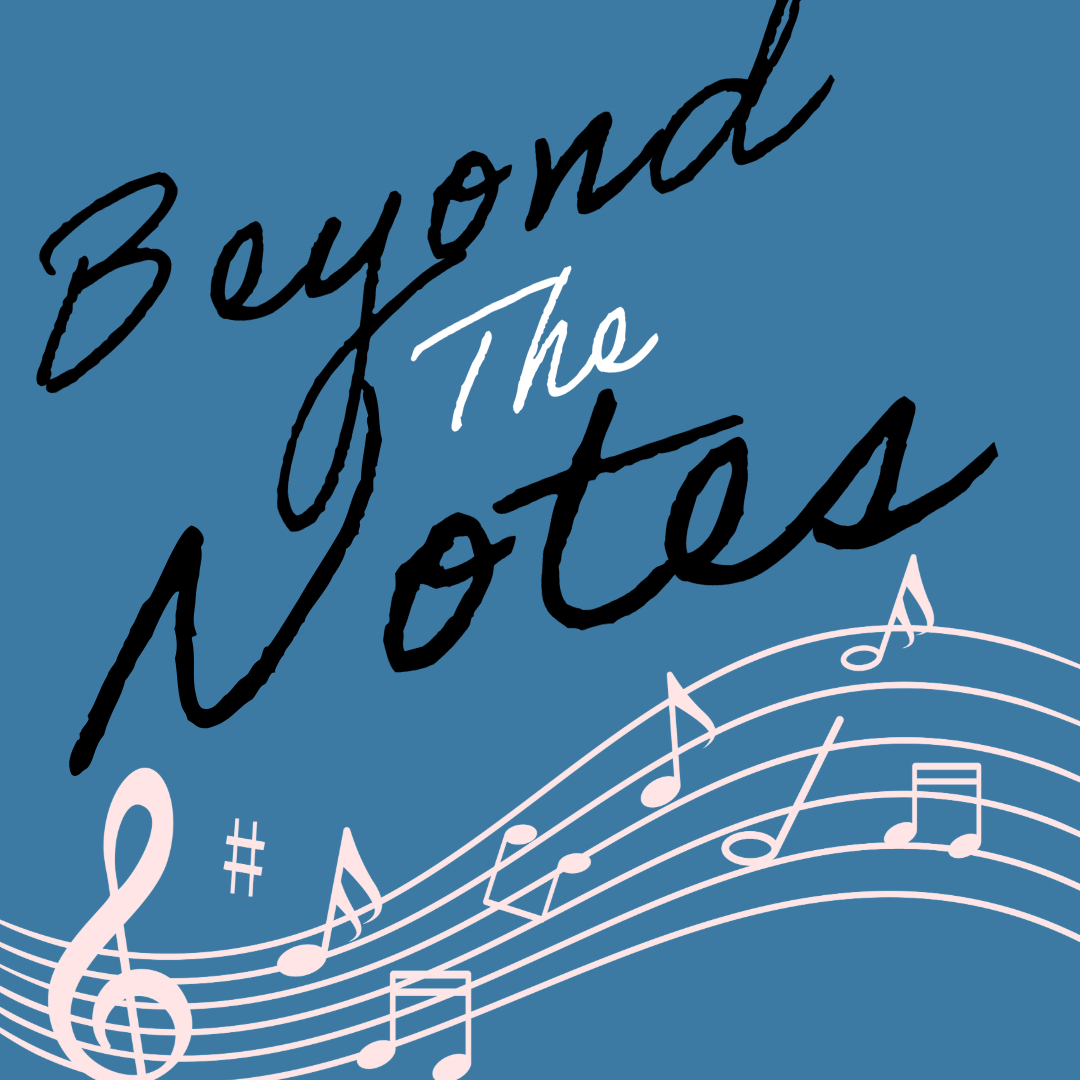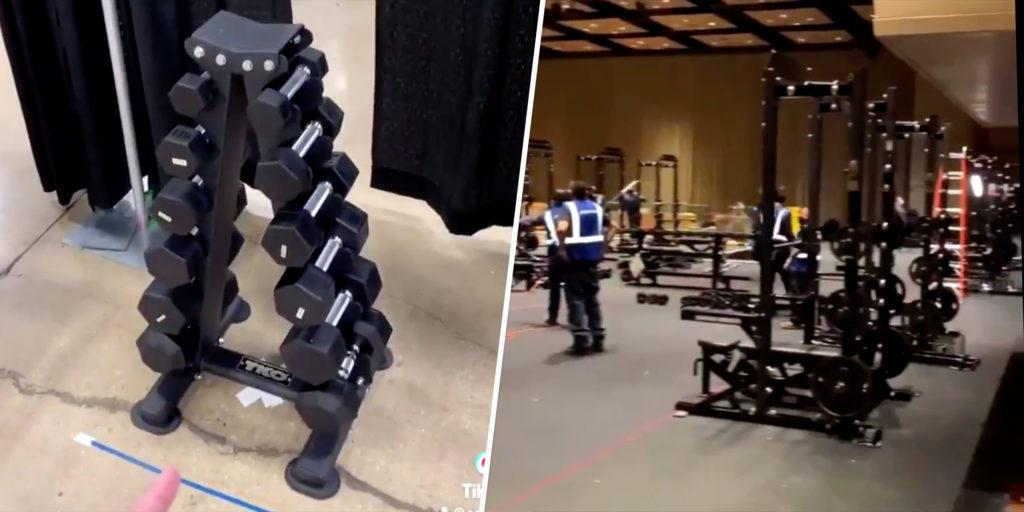Over the course of the past couple of weeks, the NCAA has been exposed for unequal treatment of women’s basketball teams. Multiple social media posts across different platforms depicting the stark difference between the “weight rooms” at the disposal of the women’s and men’s teams has sparked outrage throughout the nation. If the NCAA wants to keep claiming they’re a non-profit and refuse to pay their players, they must enforce equal treatment of said players no matter how much money they bring in.
Women have been consistently repressed in collegiate sports, especially basketball. According to Emily Caron of Sportico, what athletic departments spend on their men’s vs. women’s basketball programs dramatically differs. Expenses for the four No. 1 seeds in the women’s tournament average just over $6 million, according to EADA data from 2019, the last year a full season was completed. Those same institutions spent an average of almost $9 million on each of their men’s teams. The top four seeds in this year’s men’s tournament spent an average of $10 million in 2019, compared with $5.7 million on average for their women’s teams. With spending patterns like this, how would someone ever expect women’s teams to bring in nearly as much money as the men’s teams? It doesn’t make any sense even from a business standpoint. The odds are already stacked against women in sports, and consistently and purposefully spending less money on them is never going to help the issue.
Sedona Prince of the Oregon Ducks has recently gone viral as a cause of her social media posts revealing the physical evidence of this inequity. Her most viral post on Tiktok depicts the difference between the “weight rooms” of the two teams. She pans the camera around the men’s weight room which is clearly a large room filled with numerous sets of all kinds of equipment at their disposal. She then switches to the women’s weight room, which consists of a solitary rack of dumbbells. Other social media posts displaying the stark differences between the food quality and swag bags (gift bags for the players) of the teams have also gone viral, adding more fuel to the fire. The more evidence arises and the more players come out on social media admitting witnessing gender inequality in their sport, the more obvious the issue becomes.
If people weren’t already convinced, there is more recent evidence that this kind of inequity doesn’t only apply to the NCAA, but the NBA as well. A recent statistic comparing Sue Bird of the WNBA and LeBron James of the NBA reveals that even though they both have 17 seasons and 4 championships in their respective leagues, their annual salaries differ greatly. Bird’s 2020 salary was $215,000, while James’s 2020 salary was a whopping $37.44M. They both play at the top of their sport, the only legitimate difference being their gender. There is a clear problem here.
On the topic of the NCAA, the opposition claims that women’s teams get paid less and treated more poorly because they bring in less money. If they’re going to treat their players differently based upon how much money they bring in, they should be paid according to how much money they bring in. There’s no consistency here. Since they’re not paying their players, they should all receive the same treatment. The NCAA preaches that their organization isn’t a profit game and doesn’t use the talent of college students for their own personal gain, but the evidence is fairly clear. This male-dominated industry is built to repress female talent. The men who allot money to these teams and justify giving less money and resources to women’s teams are the same ones who have the power to change it. There exists this constant repressive cycle of women’s basketball not being promoted nearly as much as men’s basketball, then men complaining that women’s teams don’t make enough money. Since they’re so worried about profit, they should know about the power of return on investment. If the people in power would invest money into promoting and advertising women’s basketball the same way they do men’s, maybe the women’s teams would bring in more money. This same idea applies to the WNBA as well.
The response to this should be simple. Women deserve equal treatment and equal pay for equal work. The amount of money that the teams bring in is basically up to those in charge. If they really wanted women’s teams to make more money, they would invest in them. This whole controversy has exposed the NCAA’s priorities as completely profit-centric and illogical. The treatment of these women is blatant discrimination and needs to be corrected immediately.


